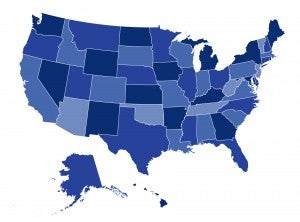Mitigating Coverage Loss When the Public Health Emergency Ends: The Role of the Affordable Care Act Marketplaces

As many as 16 million people are expected to lose Medicaid once the COVID-19 public health emergency ends. One-third of these could be eligible for ACA marketplace plans. In their latest To the Point blog for the Commonwealth Fund, Sabrina Corlette and Maanasa Kona discuss strategies that marketplaces can deploy to help reduce the potential coverage loss and help consumers make a smooth transition.


